Russia has announced it is looking to start work on two all new combat jet designs, a fifth-generation successor to the supersonic MiG-31 Foxhound interceptor called the PAK DP and an as yet unnamed short or vertical takeoff and landing carrier fighter jet to go along with the country’s equally ambitious naval modernization plans. Though these would be significant additions to the country’s arsenal, other such aircraft programs have repeatedly proven to be complex and costly and it could be years before the Russian military actually gets these planes into service, if it ever does.
On July 14, 2017, Russian officials and representatives from MiG said there was a basic concept in the works for a MiG-31 replacement and that a formal research and development program would start some time in 2019. Then, at the MAKS 2017 air show in Zhukovsky on July 18, 2017, Deputy Defense Minister Yury Borisov revealed that the Kremlin was in talks with the country’s aviation industry about a new fighter design, ostensibly to go along with stalled plans for a new supercarrier.
“We are currently developing the concept of a long-range interceptor aircraft to bring a proposal to our main customer [the Russian Defense Ministry],” Ilya Tarasenko, MiG’s director general told journalists on July 14, 2017, according to Russian state-run outlet Sputnik. “I hope that in the near future we will start research and development work [pertaining to the new plane].”
Russian Aerospace Forces chief Colonel-General Viktor Bondarev confirmed the broad plans for the new PAK DP. The Russian air arm desperately needs this plane as it expects the existing MiG-31s will start hitting the end of their life cycles before 2030. Derived from the MiG-25 Foxbat, the Foxhound first flew in 1975 and the last aircraft rolled off the production line in 1994. The aircraft have a service ceiling of more than 67,000 feet and can reach Mach 2.8 at that altitude.
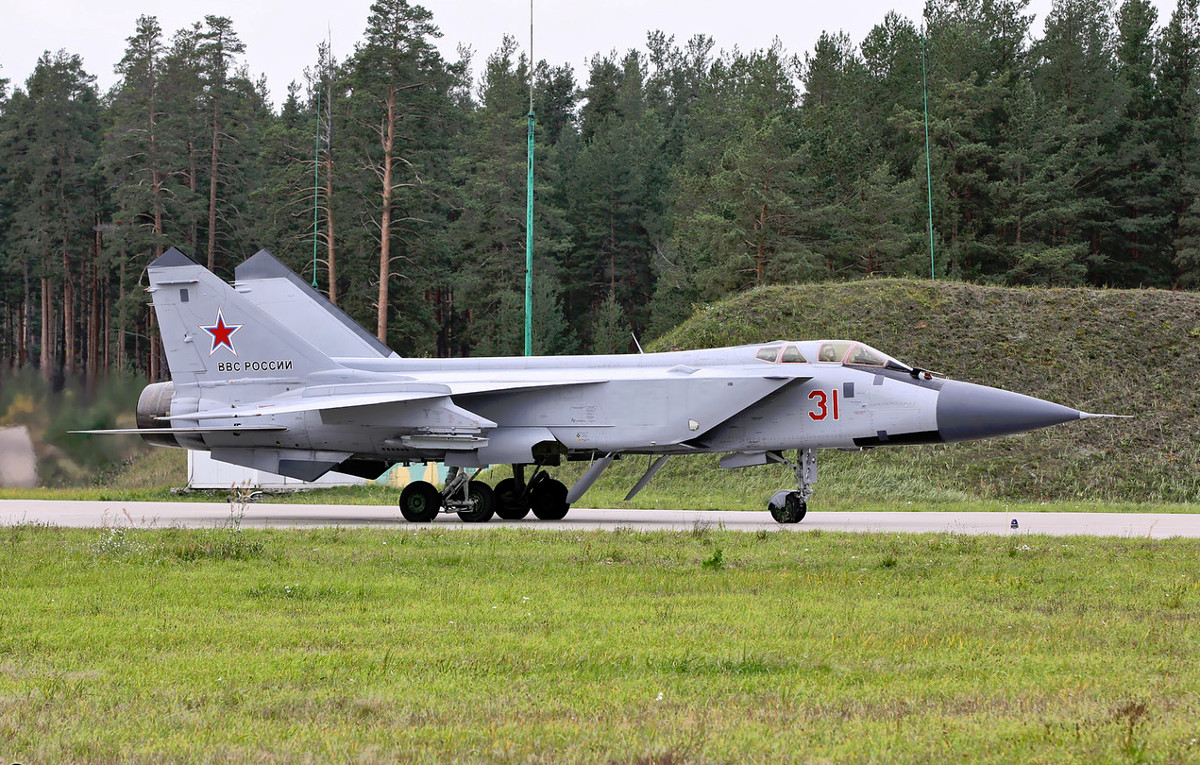
Like the Foxbats, the Foxhounds were primarily interceptors, intended to shoot down incoming American bombers in the event of a major war between the Soviet Union, its allies, and NATO. But while the MiG-25’s design was geared toward high-altitude missions against then state-of-the-art supersonic bombers, such as the B-58 Hustler and the planned follow-on XB-70 Valkyrie, the MiG-31’s main target was low-flying “penetrating” B-1 Bones and B-52 Stratorfortresses.
As such, engineers at MiG made sure the Foxhounds had significantly improved low-level performance, as well as phased array radars and long-range weapons with look-down-shoot-down capabilities. So, in addition to being able to engage low- and fast-flying aircraft like the B-1, this also meant the MiG-31s had the ability to detect and shoot down cruise missiles. The interceptors still had good high altitude performance, too.
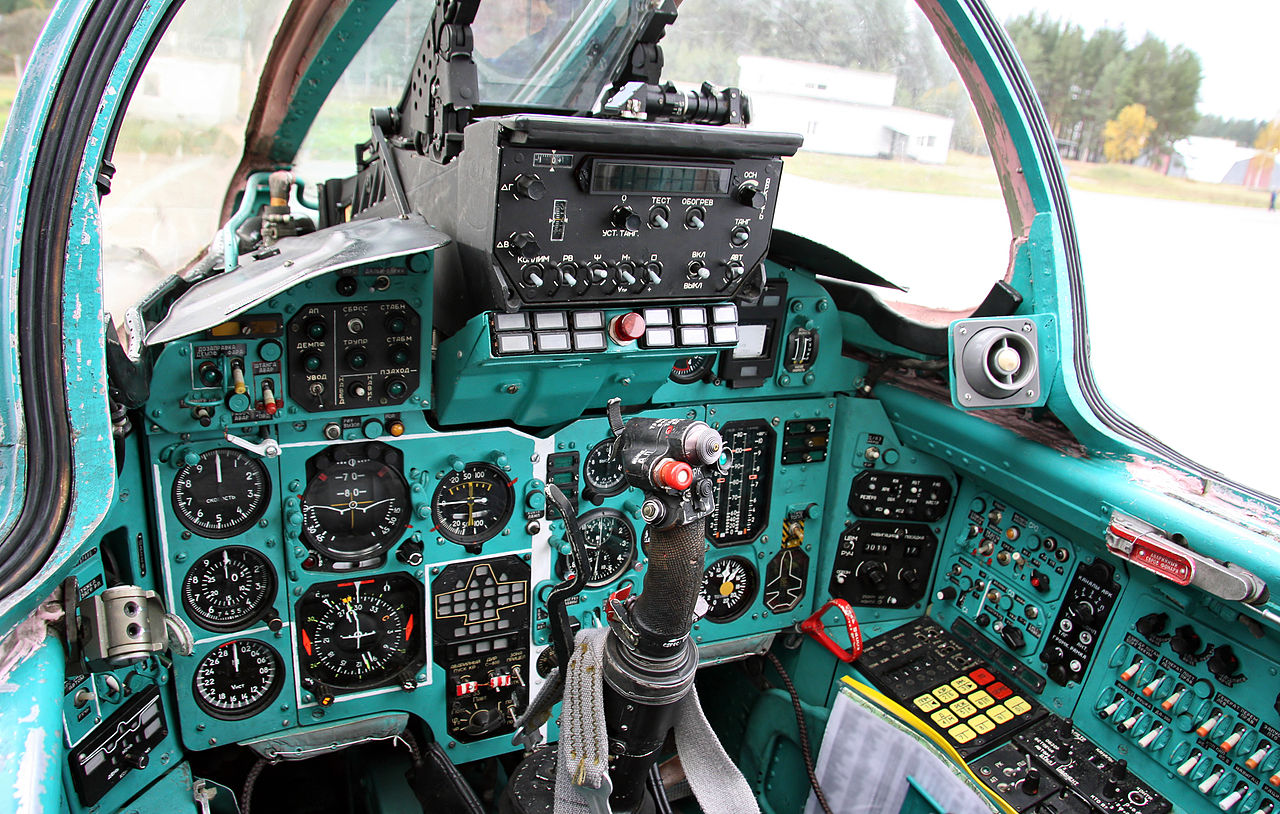
After the Cold War, though the overall size of the fleet shrunk, Russia continued flying and updating the remaining MiG-31. In 2015, the Russian military introduced the latest upgraded versions, known as the MiG-31BM. The updated aircraft included a host of new or improved avionics, fire control, communication, and navigation equipment.
Most notably, however, the BM models have two encrypted digital datalinks, one for talking to command centers on the ground and another for sharing information other aircraft, including additional MiG-31BMs, as well as the latest iterations of the MiG-29 Fulcrum and advanced members of the Sukhoi Su-27 Flanker family. This level of networking gives pilots in the MiG-31 additional situational awareness, as well as providing additional capabilities to other fighter jets that may lack its powerful sensors.

And despite their age, the MiG-31s seem important as ever to Russia’s integrated air defense scheme. By design, the jet’s high speed and long range make it ideally suited to rapidly responding to potential threats even in the country’s most remote regions, especially territory close to or above the Arctic Circle.

In 2015, four of the jets demonstrated off their capabilities by reportedly shooting down an air-launched Kh-55 cruise missile with the help of an A-50 early warning radar aircraft. Earlier in July 2017, the Russian Navy released video claiming one of its Foxhounds had knocked down a supersonic cruise missile in the stratosphere during an exercise. As part of the Kremlin’s expanding interest in space-based warfare, there are also reports that the Russian Aerospace Forces are considering developing an anti-satellite weapon for the MiG-31BMs.
But the MiG-31 is showing its age with a decidedly unstealthy shape full of hard angles lifted largely from its 1960s-era Foxbat predecessors that would make it increasingly vulnerable to advanced air defenses and stealthy enemy fighters. With the youngest jets being more than 20 years old, the basic condition of the airframes can only become more and more of serious issue, as well.
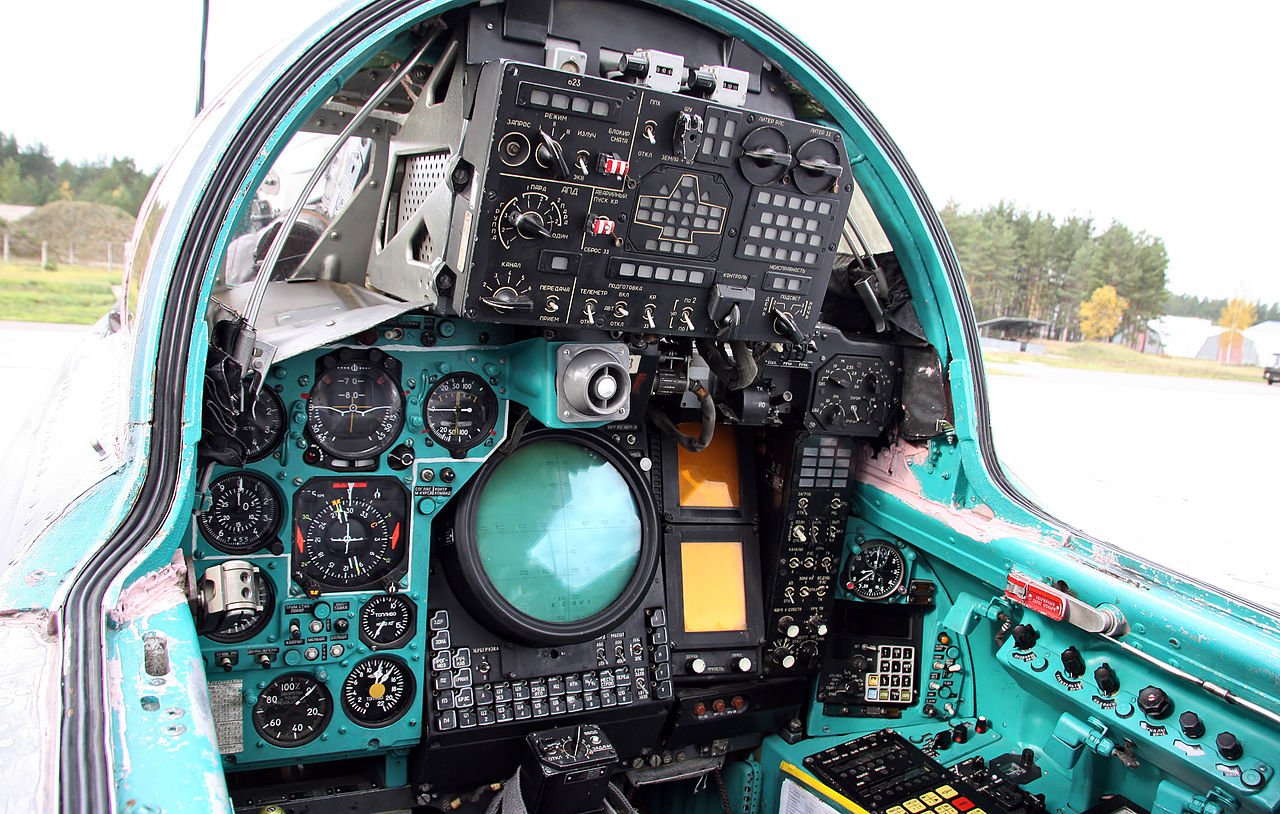
Though the aircraft undoubtedly still have more life in them, the process of developing and testing the low-observable fifth-generation PAK DP, as well as the systems to go inside it, is likely to be long and expensive. The experience of the F-35 Joint Strike Fighter shows that the complexity of next generation fighter jets can make for exhaustively costly programs that span decades rather than years. The Russians don’t even have to look abroad to know this, having encountered many of these issues already with their T-50/PAK FA fighter jet and PAK DA bomber projects.
Despite initial plans to have built 150 of Sukhoi’s T-50 stealth fighter by 2020, the Kremlin has now scaled that back to a buy of just a dozen aircraft. This year, after more than seven years of flight testing, the Russian military hopes to finally take delivery of the 10th and 11th pre-production prototypes. The program has been beset by delays, accidents, and rumors of massive design changes, along with very public criticism from India, which has become an increasingly frustrated partner in the endeavor.
In particular, the T-50’s engines have been a major problem. If MiG expects the Foxhound replacement to closely match the older aircraft’s top speeds and “super cruise,” all while lugging around large long-range missiles, it would likely need bigger and likely more complex turbines. There are real questions about whether existing Russian aircraft engines would be up to the task and developing an all new powerplant could drag out the development timeline.
The Kremlin has similarly slow-rolled Tupolev’s PAK DA bomber, which has reportedly been in the works since at least 2008. Despite nearly a decade of development and the expectation that the first prototype will take to the sky in 2019, there hasn’t even been any official concept art of the design. Now, the Russian government wants to restart production of the older Tu-160 Blackjack, which would seem to be a tacit admission that its new stealth bomber is still a long way off.

And all of this applies doubly to any plans for a new short or vertical take-off and landing capable jet fighter, an uncommon type of aircraft that no Russian manufacturer has built even as a prototype since the cancellation of the Yakovlev Yak-41/141 in the early 1990s. The Russian aircraft maker famously sold much of the technical design package for that aircraft to Lockheed Martin, which used it as a jumping off point in developing the F-35. At present, the F-35B is the only vertical take-off and landing fighter in active production anywhere in the world.
In the 1990s, Yakovlev reportedly proposed a follow-on design to the -41, known as the Yak-43, but there is no evidence this ever proceeded beyond the conceptual stage. Deputy Defense Minister Borisov said that any future design would be derived from the old Yaks, but it’s not clear how useful those designs might be to an all-new development, even one that only offered similar capabilities to late fourth generation fighters.

It’s not immediately clear why the Russian Navy would need this type of fighter, or any new carrier fighter at all. The service’s only carrier, the Admiral Kuznetsov, does not have any such aircraft in its air wing at present, relying instead on navalized Fulcrums and Flankers instead. After returning from a debacle of a deployment to the Middle East earlier in 2017, with its aircraft suffering a number of accidents while taking off and landing, Kuznetsov is now set for a major overhaul. This effectively leaves Russia without any carriers, or the need for specific carrier aircraft, whatsoever for the foreseeable future.
Even when and if it ultimately returns to service, the last of the new MiG-29KRs only entered service in 2016 making it odd that there would already be a need for another new carrier fighter. In addition, the Indian Navy has reported significant issues with its own MiG-29K aircraft, including persistent engine and airframe problems, all leading to low availability rates. So, money for a new carrier fighter might be better used to make sure the latest existing models work properly.
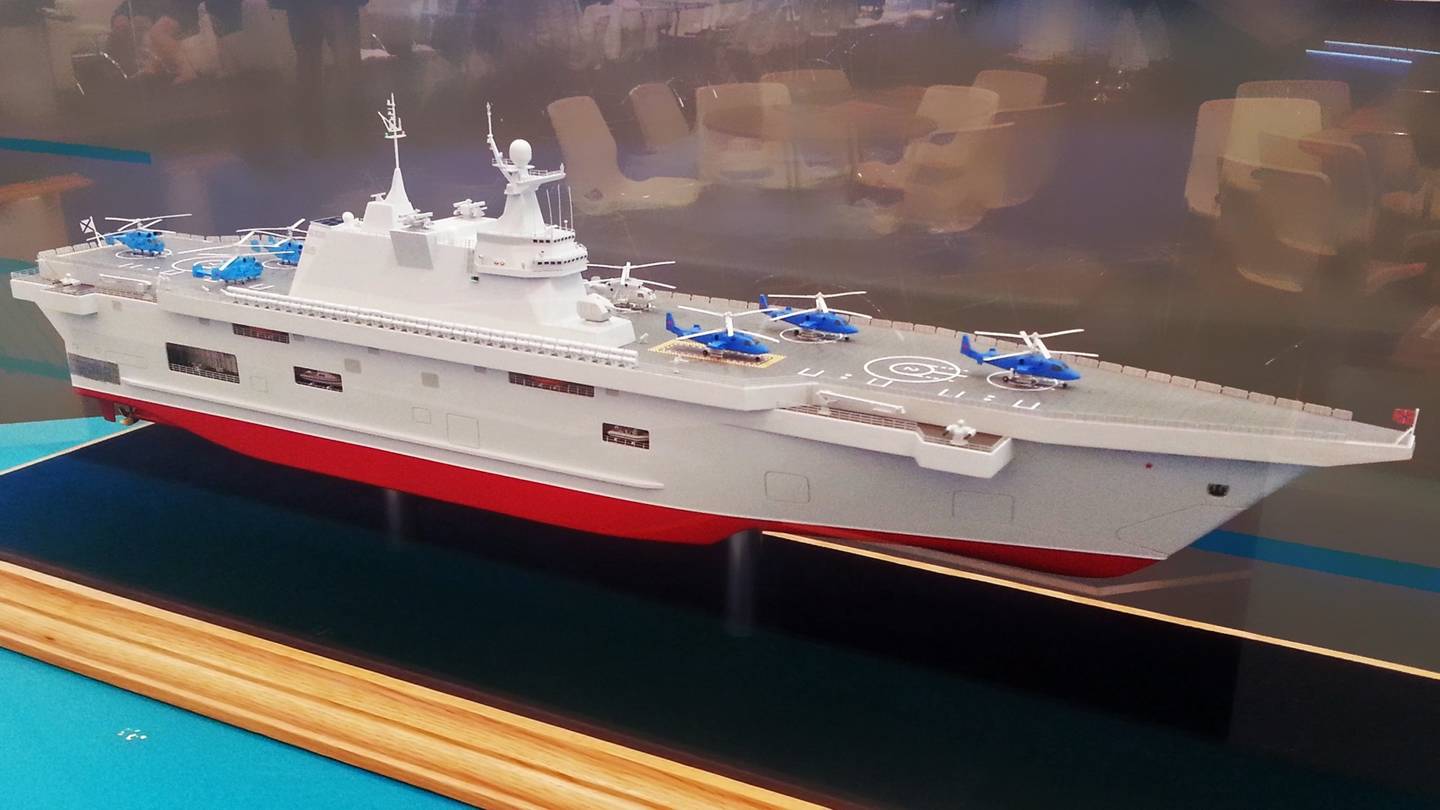
Russia is supposedly looking to build a line of Lavina-class amphibious assault ships, a replacement for a planned fleet of Franco-Russian made Mistral class ships. The French had canceled this deal in response to Russia’s invasion of Crimea in 2014. This new amphibious assault ship is reportedly configured for helicopter operations only, but could potentially field a fighter matching Deputy Defense Minister Borisov’s basic description and operate in a similar way as the American “Gator Navy” flattops with their AV-8B Harriers and F-35B Joint Strike Fighters. But it remains questionable if Russia could even build a ship as big and complex as the proposed Lavina-class, so developing a niche STOVL fighter for it seems frivolous to say the least.
Beyond the actual development of the aircraft, Russia’s economic difficulties and international political realities could easily make it even more difficult to build and field both the PAK DP interceptor and the new carrier fighter. Starting in 2014, the global price of oil, one of the Russian government’s primary sources of revenue, began to drop. That same year, the Kremlin seized control of Ukraine’s Crimea region and began actively supporting separatists fighting that country’s government, triggering widespread international condemnation and sanctions.
Foreign pressure has only increased as Moscow continues to support Syrian dictator Bashar al Assad in his brutal effort to suppress a long running rebellion against his regime. The Kremlin’s international relationships and allegiances could potentially impact export sales of the PAK DP, something that might help spread out the cost of its development. This is especially true given the otherwise growing fifth generation fighter market.
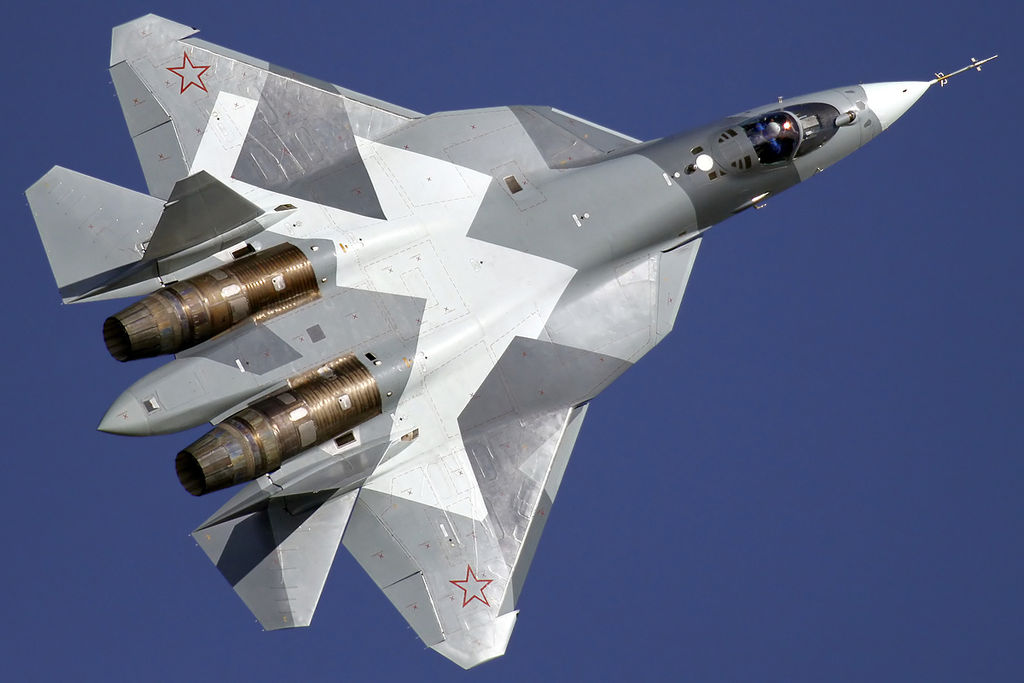
Of course, MiG designed the original Foxhounds with Russia’s needs in mind specifically and there have been no export sales of the type to date. This would likely continue to be the case with the PAK DP. Regardless, the Russians don’t appear to be having much trouble making new inroads into various world arms markets, including the Middle East and Africa, and there are reports that the country is looking to team up with the United Arab Emirates on a new fighter aircraft.
Though defense spending to modernize the country’s armed forces remains a clear Kremlin priority, there is an ever present question about how Moscow intends to pay for all of these programs on top of existing plans. Just in March 2017, the Russian Federal Treasury publicly released budget figures that showed significant cuts to the military in the upcoming fiscal cycle of somewhere between 10 and 25 percent.
In addition to the aforementioned gutting of the expected T-50 purchases, this has already apparently stymied plans for the aircraft carriers the new carrier fighters would reportedly fly off of, as well as threatening work on new amphibious assault ships that could potentially benefit from the aircraft as well. Even Russia’s much touted advanced battlecruiser design has been put on indefinite hold, along with new nuclear-powered destroyers, due to fiscal limitations, according to some sources. There are also new submarines and ice breakers to squeeze into any future budget. And PAK DP and the new carrier fighter would be in immediate competition with the PAK DA bomber and the Tu-160 restart project over this increasingly limited pool of money as well.
At present, Russia expects to begin buying production T-50 stealth fighters in 2018. If that timeframe hold true, and there’s no guarantee it will, this suggests the Kremlin won’t be purchasing the final PAK DP aircraft until 2030 at the earliest. When the Russian Navy might see a new carrier fighter, or a new ship to carry it, is anyone’s guess.
Update: Shortly after posting this story, Russia announced that it is also going to field a 5th generation light fighter that will “be developed by 2025.” Once again, any information on how the country was planning on paying for yet another high-end weapons system development program has not been released.
Contact the author: joe@thedrive.com
